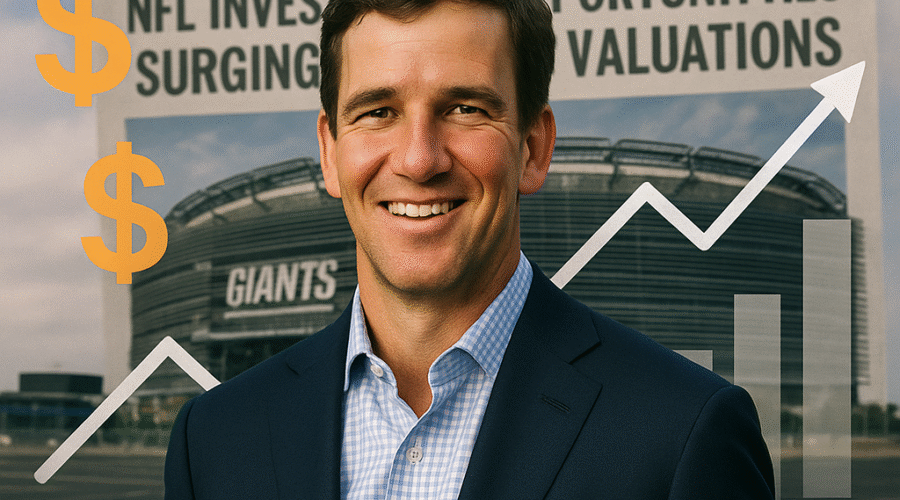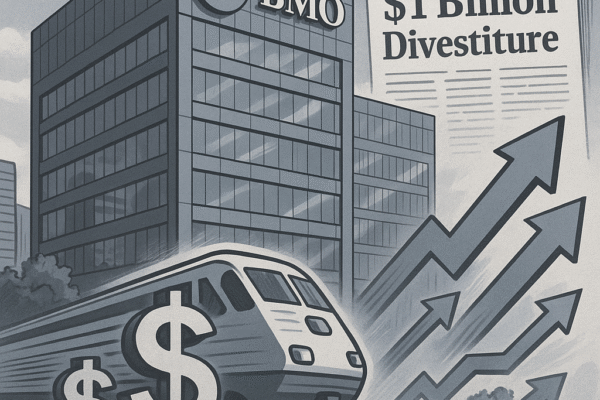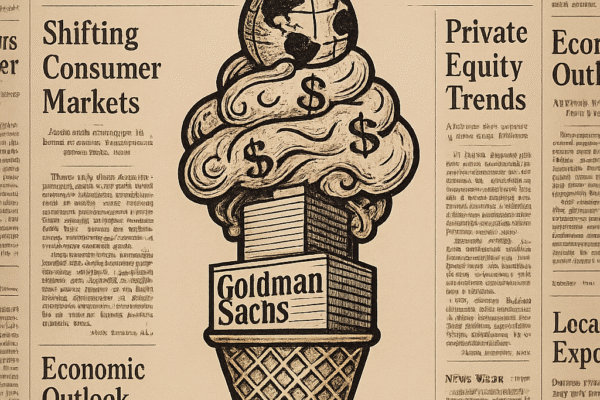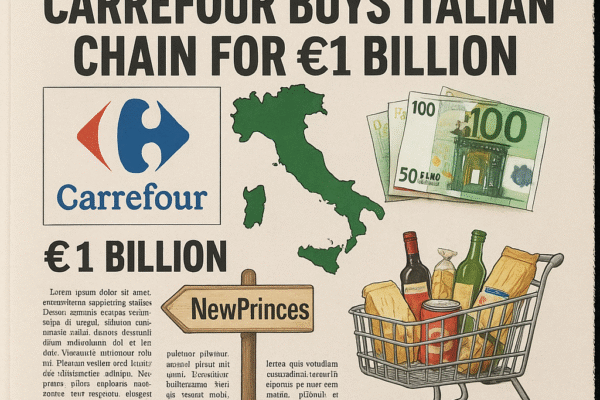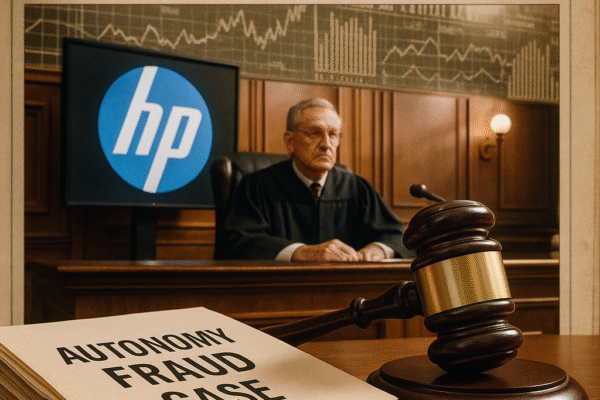Two-time Super Bowl MVP Eli Manning has formally withdrawn from negotiations to acquire a minority stake in the New York Giants franchise, citing prohibitive financial requirements and professional conflicts stemming from his broadcasting career. Manning’s decision, revealed in exclusive remarks to CNBC Sport, underscores the accelerating valuation metrics transforming NFL ownership structures, where even a 1% stake now represents a nine-figure commitment at current franchise valuations exceeding $10 billion[1][6][9]. This development occurs against the backdrop of the Mara and Tisch families’ strategic exploration of selling up to 10% of the historic franchise, a move that could establish new benchmarks for professional sports transactions while testing the limits of individual investor participation in an era of institutional capital influx[3][5].
💼 M&A / PE diligence in 24 hours? Yes, thanks to AI!
Financial Realities of Modern NFL Ownership
Valuation Metrics and Capital Requirements
The Giants’ current valuation trajectory places Manning’s withdrawal within a broader league-wide pattern of escalating franchise prices. Recent transactions provide critical context: the Philadelphia Eagles established precedent when separate 2024 transactions valued the franchise between $8.1-$8.3 billion for 8% equity stakes, while CNBC’s current assessment positions the Giants at approximately $7.85 billion[3][5]. Manning specifically referenced the mathematical reality that “a 1% stake of something valued at $10 billion turns into a very big number,” with industry analysts confirming this projection aligns with the Eagles’ precedent-setting deals that exceeded previous Forbes valuations by nearly 25%[1][5][10]. This appreciation curve demonstrates the compression of ownership opportunities to ultra-high-net-worth individuals and institutional capital, particularly following the NFL’s 2024 policy revision permitting private equity firms to acquire up to 10% of franchises[3].
Personal Wealth Versus Ownership Thresholds
Despite Manning’s estimated $160 million net worth accumulated through his 16-year playing career, endorsements, and post-retirement ventures, the capital requirements for meaningful ownership participation now exceed traditional athlete wealth parameters[4][10]. The quarterback’s candid admission that “it’s too expensive for me” highlights a structural shift where even the most financially successful players face barriers to ownership entry without consortium backing or leveraged financing[1][7][12]. This economic reality is further contextualized by the Giants’ own ownership history: Bob Tisch’s 1991 acquisition of 50% for approximately $75 million would represent just 0.9% of the franchise at current valuations, illustrating the exponential valuation growth that has fundamentally altered ownership economics[1][5].
Operational Conflicts in Modern Media Landscape
Broadcasting Restrictions and Compliance Challenges
Beyond financial considerations, Manning identified material conflicts between potential ownership responsibilities and his active media career. His role as an ESPN analyst for the “ManningCast” alternate Monday Night Football broadcast creates regulatory complications under NFL ownership rules, particularly regarding player communication protocols[6][9][10]. “I wouldn’t be able to talk to the players,” Manning explained, referencing league regulations that restrict owner interactions with athletes on opposing teams—a material constraint given his broadcasting duties requiring objective game analysis across the league[2][6][9]. This conflict extends to his Pro Bowl coaching commitments and high school football camps involving collegiate athletes, where ownership status would trigger NCAA compliance concerns regarding improper benefits and recruitment optics[1][2][10].
Precedent in Player-to-Owner Transitions
Manning’s experience reflects broader challenges in athlete ownership transitions, contrasting with Tom Brady’s pending Raiders acquisition where broadcasting conflicts were resolved through contractual adjustments. The fundamental distinction lies in Manning’s simultaneous commitments: his Omaha Productions media venture requires ongoing access to players across the league, while Brady’s ownership pursuit followed his broadcasting departure[6][10]. This operational tension underscores the NFL’s evolving governance framework, where the 2024 private equity approval enabled capital solutions but created new compliance layers for individuals balancing ownership with league-facing media roles[3].
Ownership Structure Evolution and Market Dynamics
Historic Ownership Framework
The Giants’ potential minority sale represents a strategic evolution for one of the NFL’s most stable ownership structures. Since Tim Mara founded the franchise in 1925 for $500, ownership remained exclusively within the Mara family until 1991, when Bob Tisch acquired 50% for approximately $75 million[1][5][7]. The current co-chairmanship of John Mara and Steve Tisch preserves this equal partnership, with the minority sale marking the first potential dilution of family control in franchise history[5]. This transition occurs against the backdrop of generational wealth transfer considerations and the NFL’s strategic pivot toward institutional capital, with recent transactions like Arctos Partners’ 10% acquisition of the Buffalo Bills establishing precedent for private equity’s expanding role[3].
Valuation Drivers and Market Positioning
Several structural advantages position the Giants favorably within the ownership market, despite recent competitive struggles. The franchise’s valuation premium derives from three core assets: the New York media market’s revenue potential, the team’s historic brand equity including eight NFL championships, and MetLife Stadium’s favorable lease terms providing revenue stability[3][5]. These fundamentals explain why the franchise commands approximately 15% valuation premium over the Eagles despite Philadelphia’s recent competitive success, with the Giants’ $7.85 billion CNBC valuation exceeding Philadelphia’s pre-transaction assessment by nearly $2 billion[3][5]. This premium reflects the enduring value of media market scale in an era of escalating broadcast rights agreements.
Broader League Implications
Ownership Accessibility Trends
Manning’s withdrawal highlights systemic constraints in athlete ownership participation despite the NFL’s initiatives to broaden access. The league’s 2024 approval of private equity ownership theoretically expanded capital sources, yet the Giants’ transaction illustrates how valuation inflation has simultaneously restricted individual access[3]. This paradox manifests in the emerging buyer profile: consortiums like the reported Marc Lasry-Michael Strahan partnership represent the practical solution to capital requirements exceeding $800 million for a 10% stake, effectively replacing individual icons with investor groups[6][7]. This transition toward institutional ownership models may fundamentally alter franchise governance traditions while providing teams with strategic capital for stadium development and technology investments.
Valuation Sustainability Analysis
The Giants’ prospective sale provides a critical test case for NFL valuation sustainability, particularly following the Eagles’ record-setting transactions. Key valuation drivers include the league’s $110 billion media rights package through 2033, growing international revenue streams, and gambling integration opportunities[3][5]. However, macroeconomic factors introduce uncertainty: rising interest rates increase capital costs for leveraged acquisitions, while potential media fragmentation risks could pressure future rights valuations. The Giants’ ultimate transaction multiple will serve as a crucial market indicator, particularly if it approaches the Eagles’ 12x revenue multiple that established the current valuation ceiling[5].
Strategic Alternatives and Future Outlook
Revised Buyer Landscape
With Manning withdrawing, the ownership process pivots toward remaining contenders, including Hall of Fame defensive end Michael Strahan and former Milwaukee Bucks co-owner Marc Lasry, who may form a consortium bid[6][7]. Private equity firms constitute another candidate segment following the NFL’s 2024 rule change, with firms like Ares Management—which acquired 10% of the Miami Dolphins—likely evaluating the opportunity[3]. The transaction structure may involve multiple minority partners rather than a single entity, allowing the Mara and Tisch families to diversify ownership while retaining control through their combined 90% majority[5].
Manning’s Continued Franchise Role
Despite withdrawing from ownership, Manning maintains substantive involvement with the Giants through his business operations and fan engagement role, which avoids the regulatory conflicts of ownership[2][10]. His participation in rookie development programs and community initiatives preserves his franchise legacy without the capital requirements or compliance limitations of equity ownership[2][7]. This model represents an alternative pathway for iconic players seeking franchise influence, distinct from the equity investment route pursued by peers like Derek Jeter in baseball.
Conclusion: Market Maturation and Structural Shifts
Eli Manning’s withdrawal from Giants ownership negotiations illuminates the NFL’s accelerated financial maturation, where franchise valuations now exceed the capital capacity of all but the wealthiest individuals. This transaction demonstrates how the league’s deliberate embrace of institutional capital—through private equity ownership reforms—coincides with natural valuation growth to reshape ownership economics[3]. The Giants’ ultimate minority sale will establish critical precedents regarding valuation sustainability, ownership structure innovation, and the evolving role of athlete-investors in modern professional sports. Manning’s decision, while personally significant, ultimately reflects broader market forces transforming NFL franchises from family heirlooms into institutional-grade assets with complex capital requirements that transcend individual wealth, even for the most decorated franchise icons[1][6][10].
Sources
https://www.espn.com/nfl/story/_/id/45703430/eli-manning-passes-buying-ownership-stake-giants, https://gmenhq.com/eli-manning-gives-most-relatable-reason-backing-out-of-new-york-giants-ownership-bid, https://www.espn.com/nfl/story/_/id/43834853/new-york-giants-looking-sell-limited-stake-team, https://clutchpoints.com/net-worth/eli-manning-net-worth, https://www.cbssports.com/nfl/news/giants-exploring-potential-sale-of-minority-stake-in-100-year-old-new-york-franchise/, https://www.youtube.com/watch?v=cvHgJXr2tn8, https://www.foxsports.com/stories/nfl/giants-legend-eli-manning-out-ownership-stake-its-too-expensive-me, https://www.youtube.com/shorts/wCEKBl27Duo, https://www.youtube.com/watch?v=MqiiXvZgQ-Q, https://www.cbssports.com/nfl/news/eli-manning-backs-out-of-bid-for-new-york-giants-ownership-stake-citing-cost-conflict-of-interest/, https://www.tiktok.com/@cnbc/video/7525191433741978935, https://foxsportsradionewjersey.com/2025/07/11/eli-manning-backs-out-of-giants-ownership-deal-over-money-and-job-concerns/, https://www.nfl.com/news/giants-exploring-potential-sale-of-a-minority-stake-in-franchise

